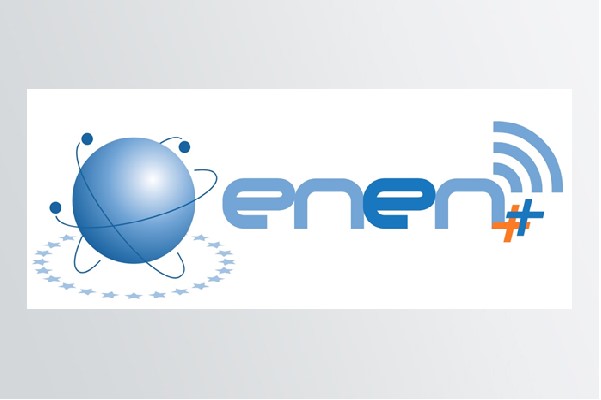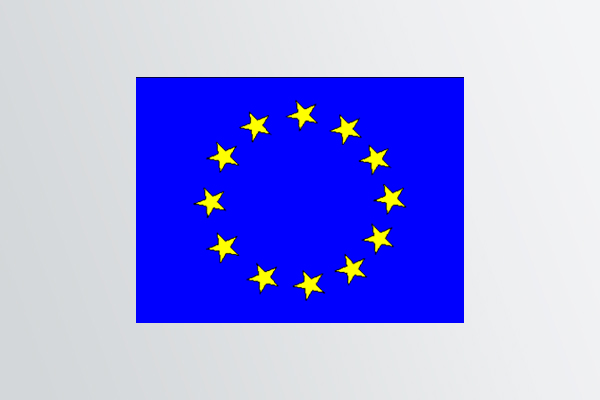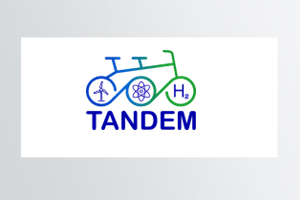The interaction between cooling fluid and solid structures in nuclear power plants may lead to flow-induced vibrations (FIV), causing material fatigue, fretting wear, and eventually loss of component integrity. FIV are mostly relevant for the main nuclear steam supply system (NSSS) components such as fuel assemblies and steam generators. According to IAEA, grid-to-rod-fretting wear (GTRFW), resulting from such vibrations, is the cause of 58% of fuel failures in PWRs worldwide and one of the major causes of fuel failure in boiling water reactors (BWR). FIV can lead to substantial standstill costs due to longer or unplanned outages. Therefore, an in-depth understanding and prediction of FIV phenomena will ensure the safe operation of the existing plants, especially those involved in long-term operation programmes.
Being a part of the Euroatom Research and Training Programme The Gathering expertise On Vibration ImpaKt In Nuclear power Generation (GO-VIKING) project takes over from the VIKING initiative that started in 2020 as an in-kind collaborative effort of European vendors, utilities, technical safety organizations, universities, and research organizations.
The overall objective of GO-VIKING is to increase the expertise and improve the tools and skills of the European nuclear stakeholders for the analysis of complex FIV phenomena to maintain and enhance nuclear plant safety. This will be accomplished by:
– Generation of high-resolution numerical and experimental data of FIV in single and multiphase flows.
– Development and validation of high- and medium-resolution, as well as fast-running practical tools for the FIV analysis
– Implementation of efficient methods for uncertainty propagation in the FIV results
– Synthesis of best practice guidelines for FIV analysis in accordance with the needs of the stakeholders
– Targeted training of graduates and young experts as well as practitioners from stakeholders in FIV-related phenomena and modelling techniques
The GO-VIKING project will improve the safety of contemporary reactors and the design evaluation of new concepts by making available new experimental results and improved numerical approaches for the evaluation of FIV. These will allow the nuclear operators to enhance the prediction of FIV phenomena in key NSSS components, and the vendors to improve the design of the relevant equipment, thus leading to increased reliability, availability, and safety of the European NPPs.















